
National Assembly Communication Building / HAEAHN Architecture
由专筑网邢子,小R编译
为公共创造一个灵活的场所——将在韩国国会地区建造的国会通讯大楼,是韩国民主的摇篮,也是一个开放的场所,反映多元的民主思想,同时融入现有的秩序。而且,该建筑的功能不仅需要安全的系统,还需要空间的灵活性和可扩展性。因此,Haeahn Architecture的目标是建造“一个包含开放场所的灵活建筑”,除了国民议会区的正式纪念碑性质外,公众的日常生活也将在这里进行,项目场地被平均高度约10~12米的郁郁葱葱的树木包围,这是一个灵活开放的绿色空间,。
Text description provided by the architects. Making a flexible place for the public purpose: The National Assembly Communication Building to be built in the National Assembly of South Korea area, the cradle of Korean democracy had to be planned as an open place reflecting the pluralistic democratic ideology while embracing the order of the existing components. And, the function of the building to be used by user groups would require not only systematic security systems but also spatial flexibility and expandability. Thus, Haeahn Architecture aimed to build “a flexible building containing open places” where daily life of the public would naturally take place, in addition to the formal monumental nature of the National Assembly area. Implementing a green space open to a flexible area: The site for the project was a green space surrounded by lush trees, about 10~12 meters in height on average.
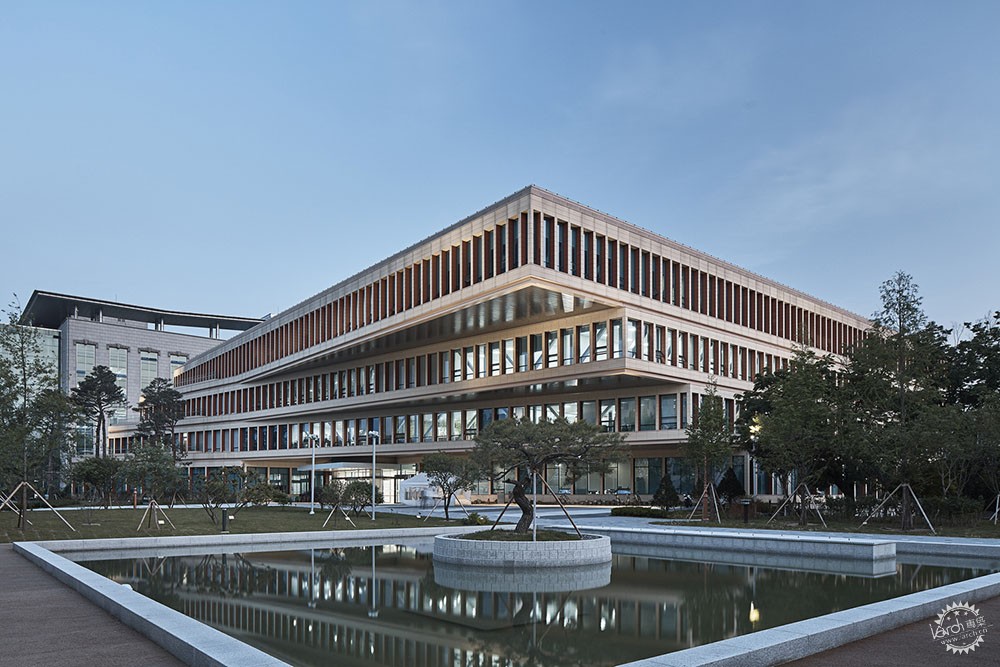
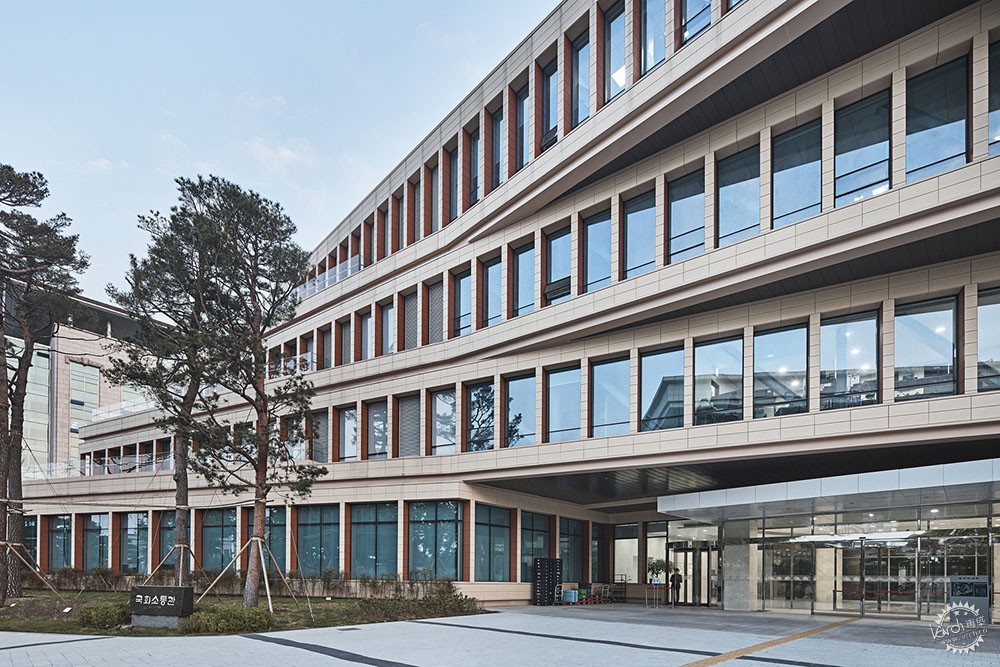
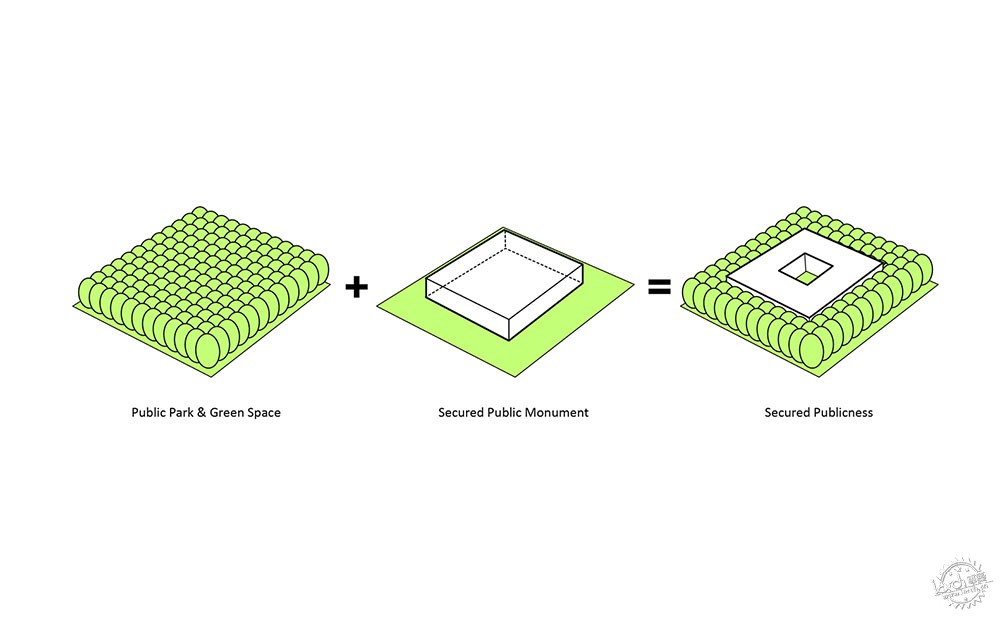

为了反映这种状态,Haeahn Architecture设计了一个向公众开放的绿色空间,使建筑变得足够亲切和低平,建筑高度不超过四层,掩入绿树之中。低矮建筑的屋顶也将是一个绿色区域,连接着自然的流动,创造“一片森林”的痕迹,将以前作为绿化使用了很多年的树木一起留下,因为它们和国民议会大厦的历史一样古老。这样一来,国民议会区的纪念性景观将得到很好的保护。
Reflecting such a status, Haeahn Architecture established a green space open to the public and aimed to make the building familiar and low enough, ensuring the height would not exceed four stories to be buried among green trees. The rooftop of the low building would be also a green zone, connecting the flow of the nature, and the trace of “a forest,” formerly used as a green belt for many years, would be left along with the zelkova trees, which were as old as the history of the National Assembly Building. That way, the monumental landscape of the National Assembly area would be well conserved.
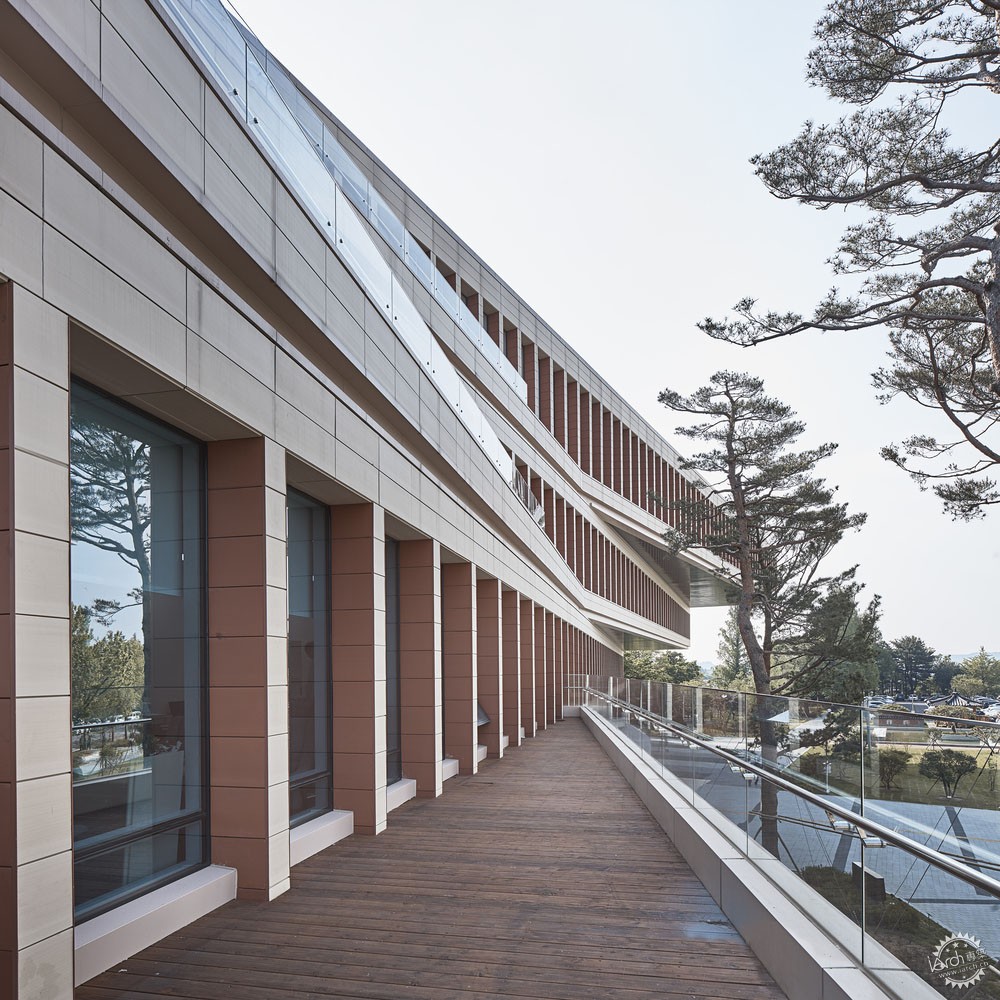
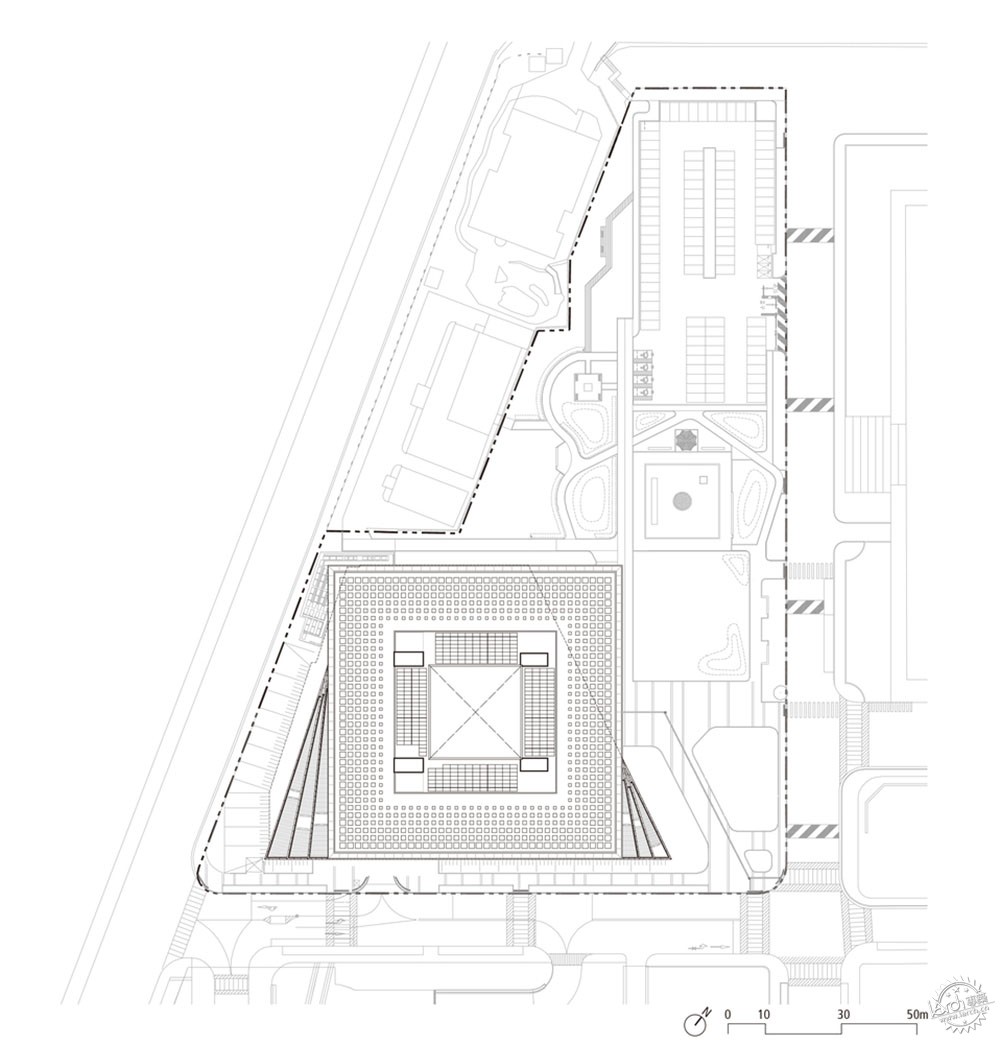

建筑通过灵活的层次创造系统的空间。考虑到建筑中各种功能和用户的特点,Haeahn Architecture旨在提高空间的可用性和工作效率,同时保持每个设施的独立性,通过水平分区计划将功能分布在每个楼层。围绕中庭的四个核心提供了按用户划分的交通系统和按设施划分的安全系统。此外,通过优化的结构模块应用,各个功能空间可以根据未来空间需求的变化而灵活拆分。
Creating a systematic space through flexible layers: In consideration of the characteristics of the building where various functions and users coexisted, Haeahn Architecture aimed to increase spatial usability and work efficiency while maintaining the independence of each facility by distributing functions per floor through a horizontal zoning plan. The four cores surrounding the atrium would provide a traffic flow system by user and a security system by facility. In addition, by applying an optimized structural modular system to the integrated work space composition, Haeahn Architecture composed functional space and work space that are to respond flexibly in accordance with the changing demand for space in the future.
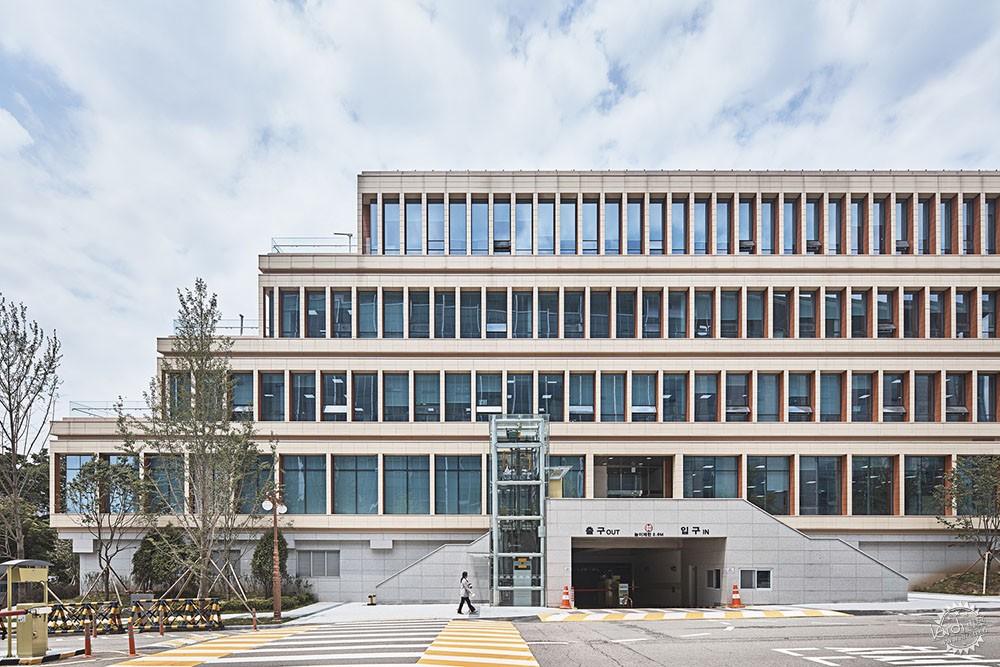
利用灵活的缝隙构成交流的空间。Haeahn Architecture关注的是这座建筑如何代表多元民主,因为该建筑包含了公众活动、新闻、政治和行政的多种功能。因此,Haeahn Architecture在主题“相遇和沟通”的框架内完成了空间创造,以便用户群体通过相互合作和对话建立健全的民主和国家愿景。
Making a space of communication with flexible crevices: Haeahn Architecture paid attention to the building that spoke for pluralistic democracy, for the building embraced multiple functions for the public, press, parliamentary politics and administration; therefore, Haeahn Architecture completed a spatial identity under the spatial theme of the building “Encounter and Communicate” so that user groups would build sound democracy and the national vision through mutual cooperation and dialogue.
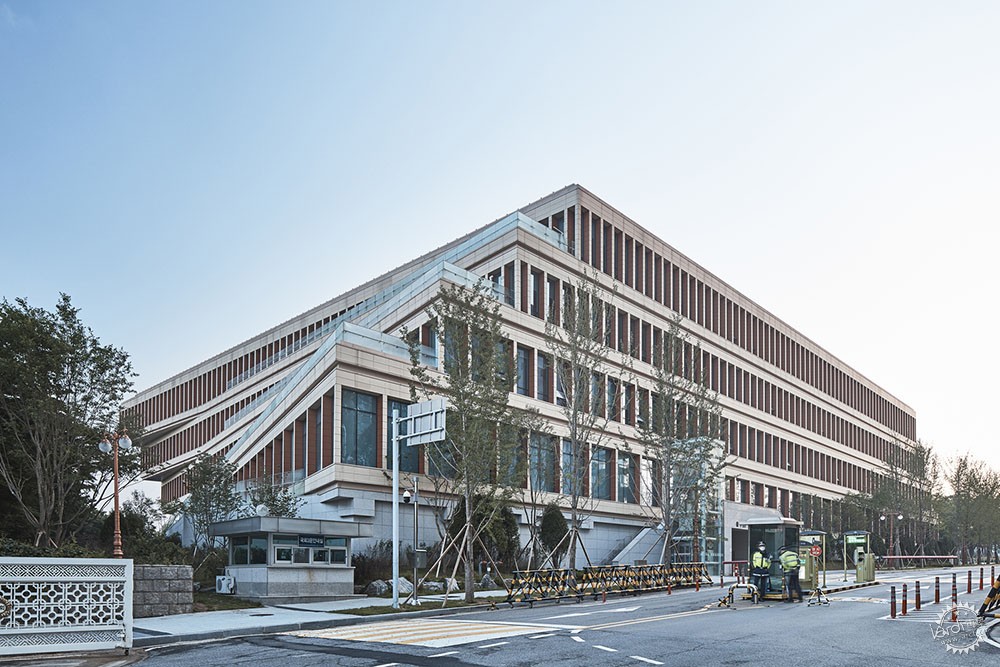
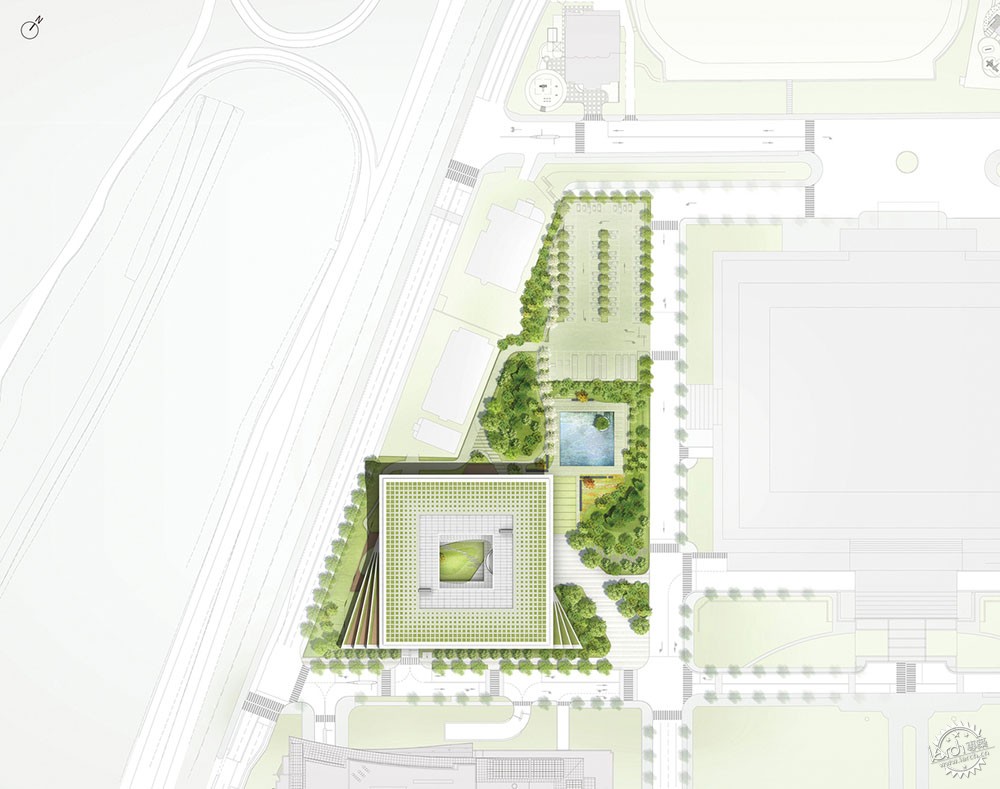
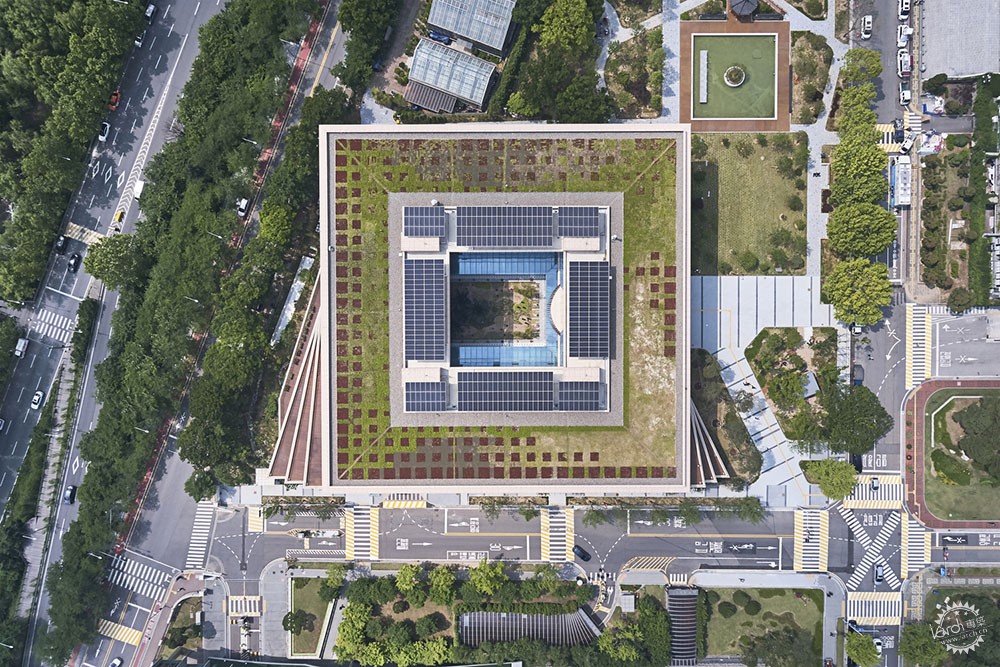
为相遇和交流而设计的各种空间被合理分配在建筑的不同位置,每个功能空间之间的公共空间和休息区都与建筑相连,从室内到室外。这样的空间被设计成可以放松和分享的场所,促进人与人之间、空间与空间之间、自然与城市之间的交流,使新建筑成为一个开放的空间,而在这个空间中,生动的交流将持续发生。
Various spaces designed for encounters and communication were allocated in many locations in the building, and common spaces and rest areas between each functional space would be continuously connected to the building, both indoor and outdoor. Such spaces were designed as the place of relaxation and sharing, as they allowed communication between people and people, the space and the space and the nature and the city, making the new building an open space where lively communication would always take place.
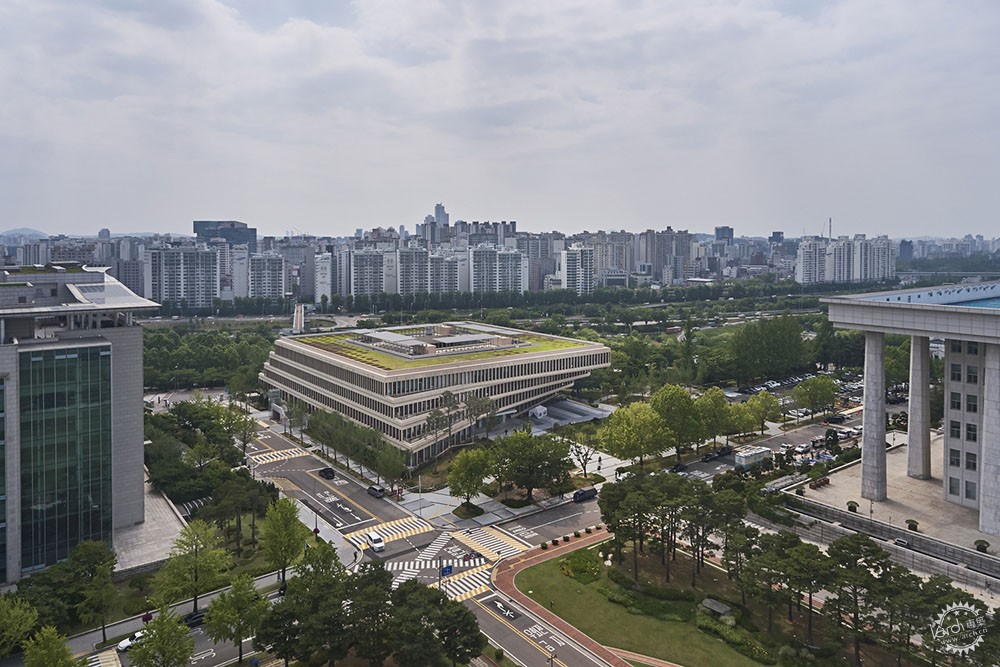
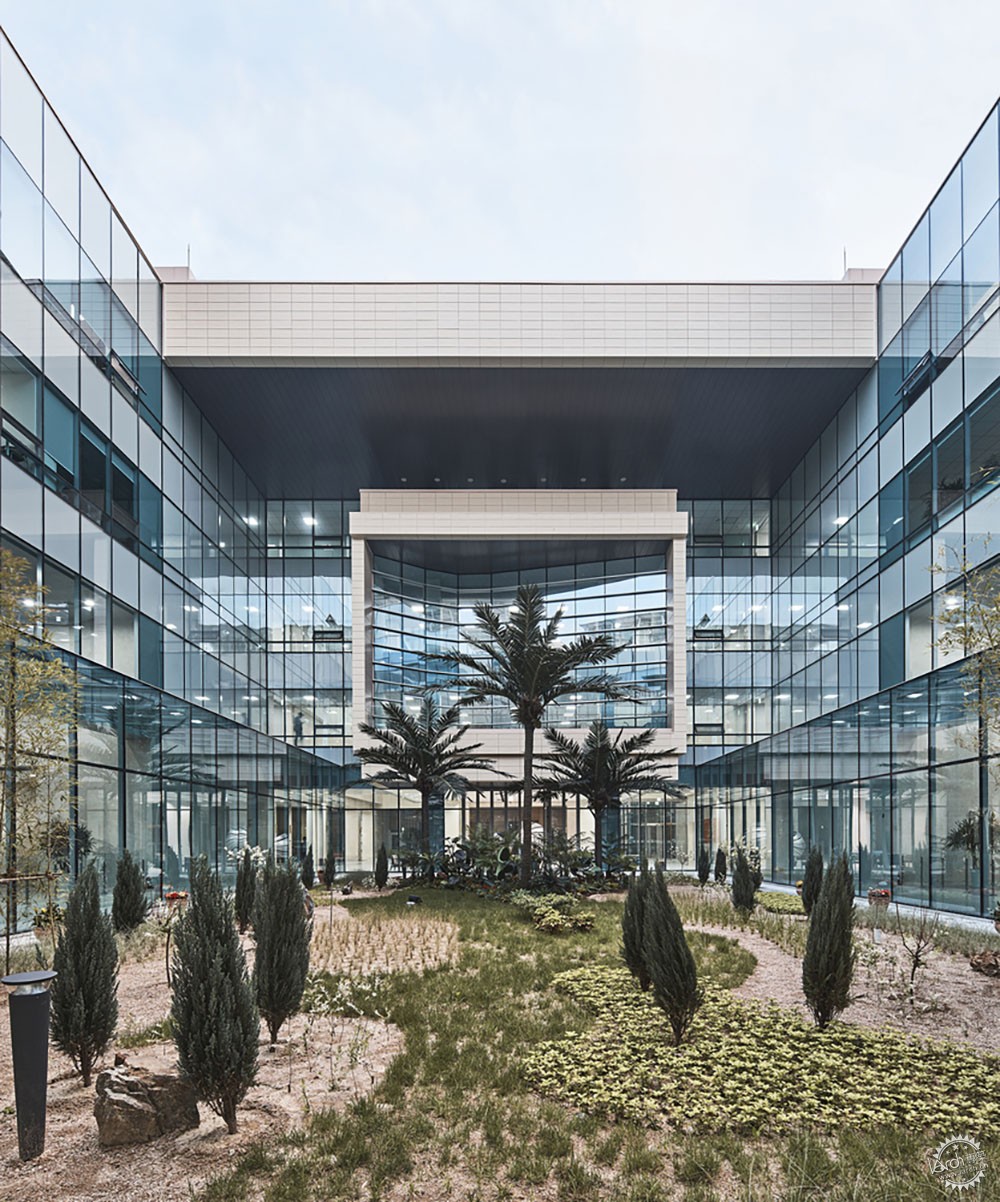
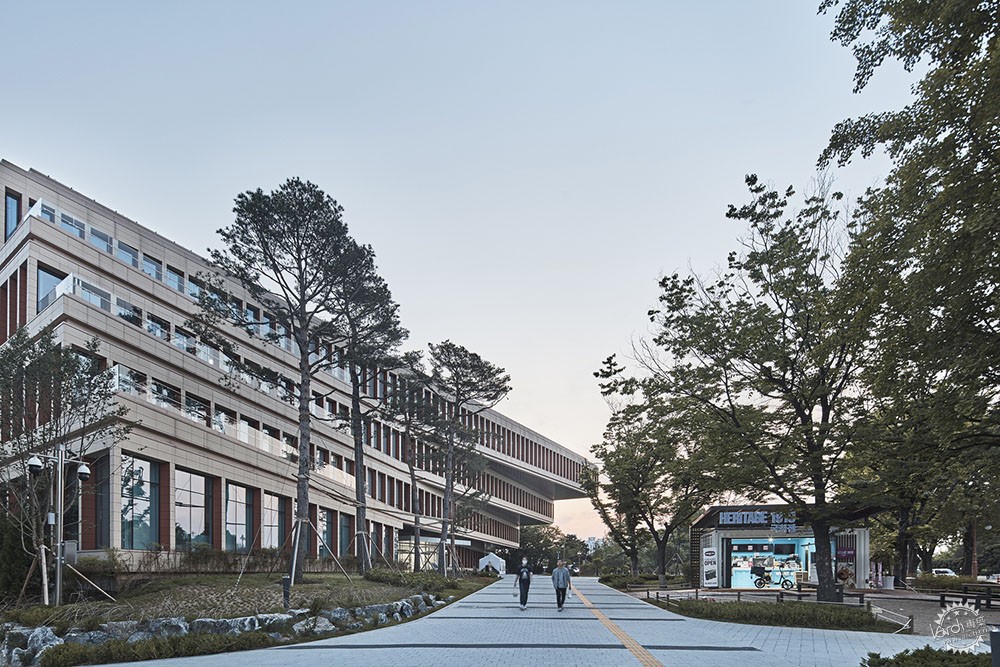
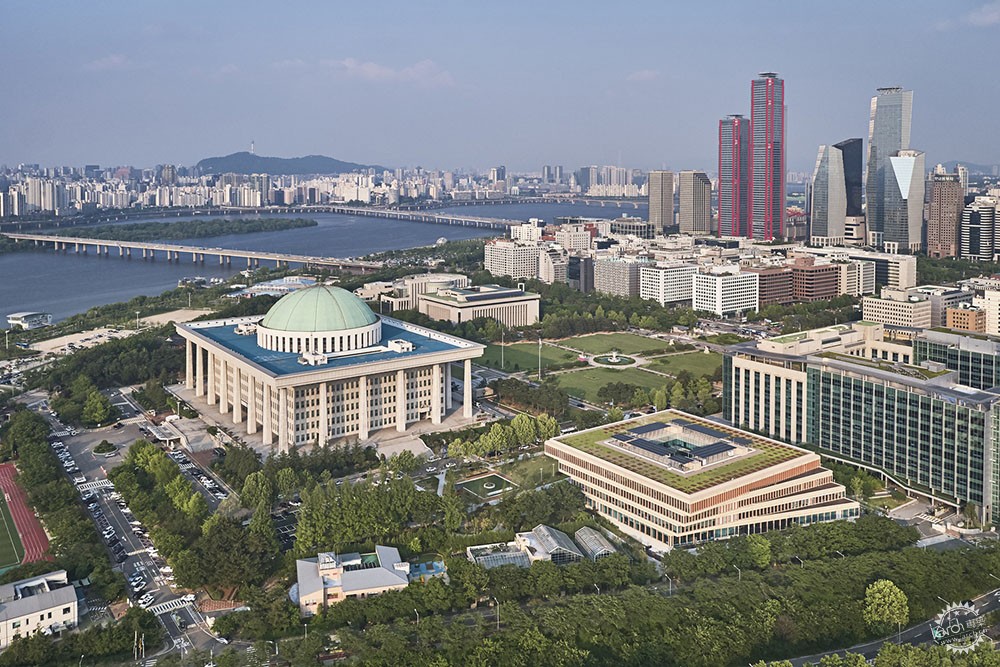
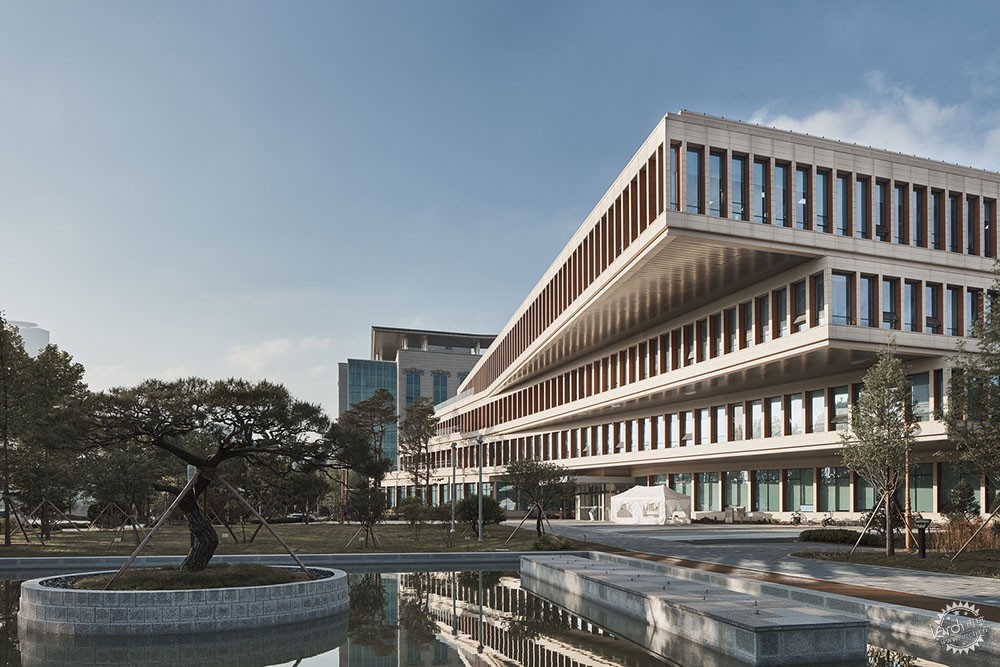
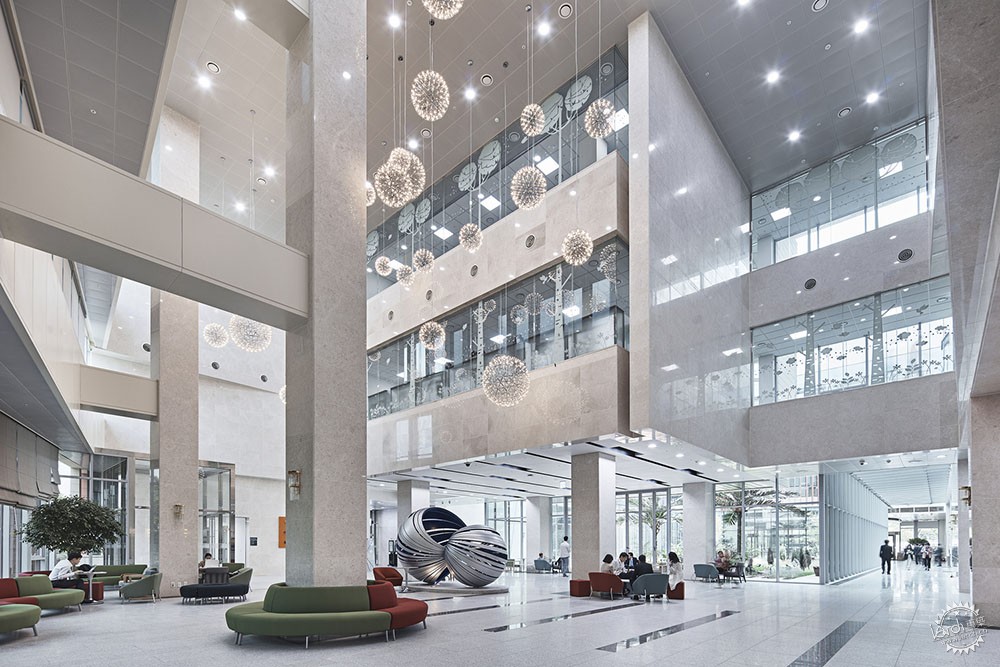
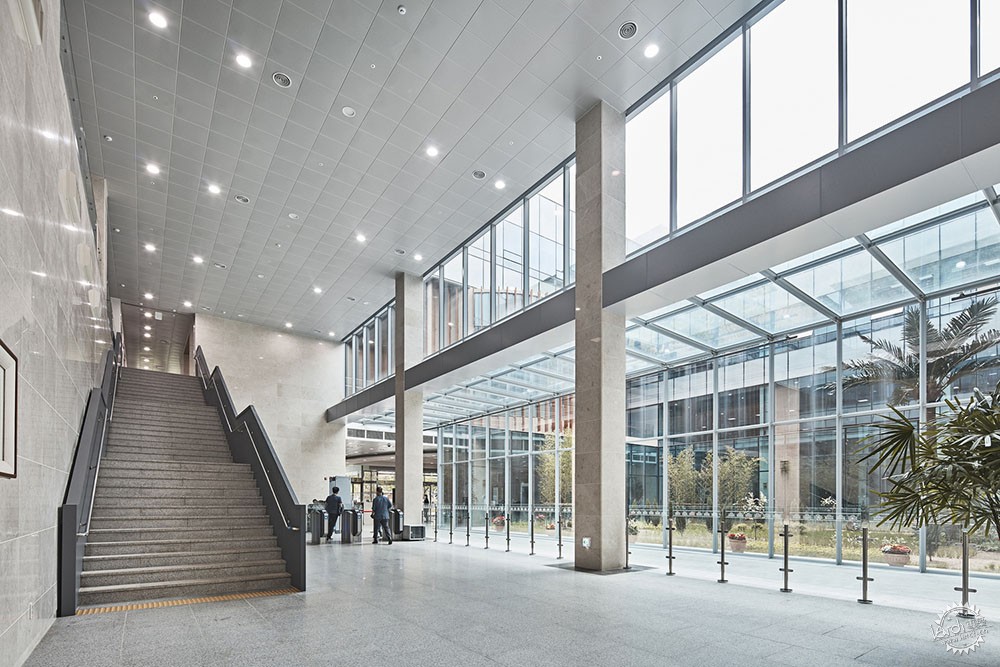
建筑设计:Haeahn Architecture
类型:政府建筑
面积:24753 m2
项目时间:2020年
摄影:Namsun Lee
结构工程:HANBIT Structural Engineering
土木工程:OHJU Engineering
设计团队:Hyunhwa Jung, Hyeonseok Oh, Seongho An, Hyeongwook Doh, Junyong Kim, Minkang Shin, Youngjun Shin, Jaewon Chang, Yohan Bahc, Jinyoung Bae, Haengsook Lee
城市:永登浦区
国家:韩国
GOVERNMENT•YEONGDEUNGPO-GU, SOUTH KOREA
Architects: Haeahn Architecture
Area: 24753 m2
Year: 2020
Photographs:Namsun Lee
Structure Engineers: HANBIT Structural Engineering
Civil Engineering: OHJU Engineering
Design Team: Hyunhwa Jung, Hyeonseok Oh, Seongho An, Hyeongwook Doh, Junyong Kim, Minkang Shin, Youngjun Shin, Jaewon Chang, Yohan Bahc, Jinyoung Bae, Haengsook Lee
City: Yeongdeungpo-gu
Country: South Korea
|
|
